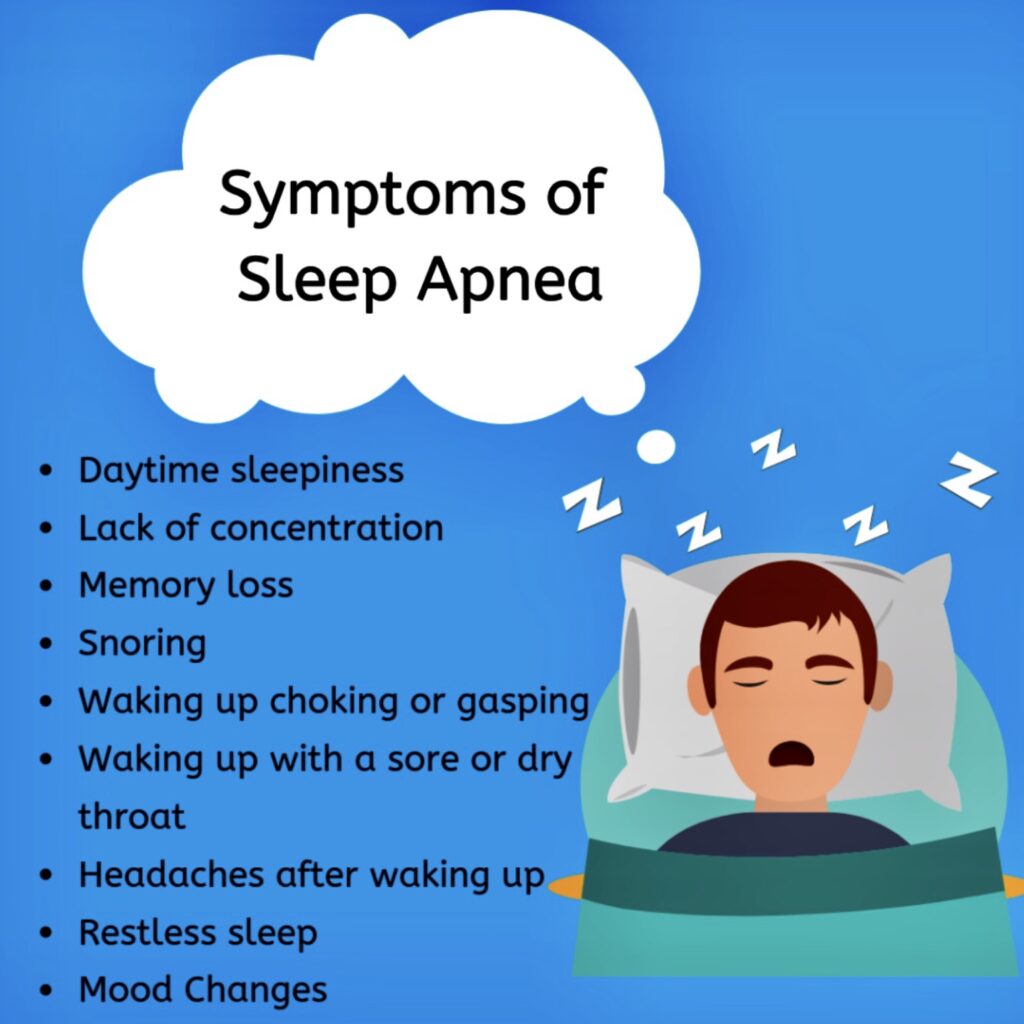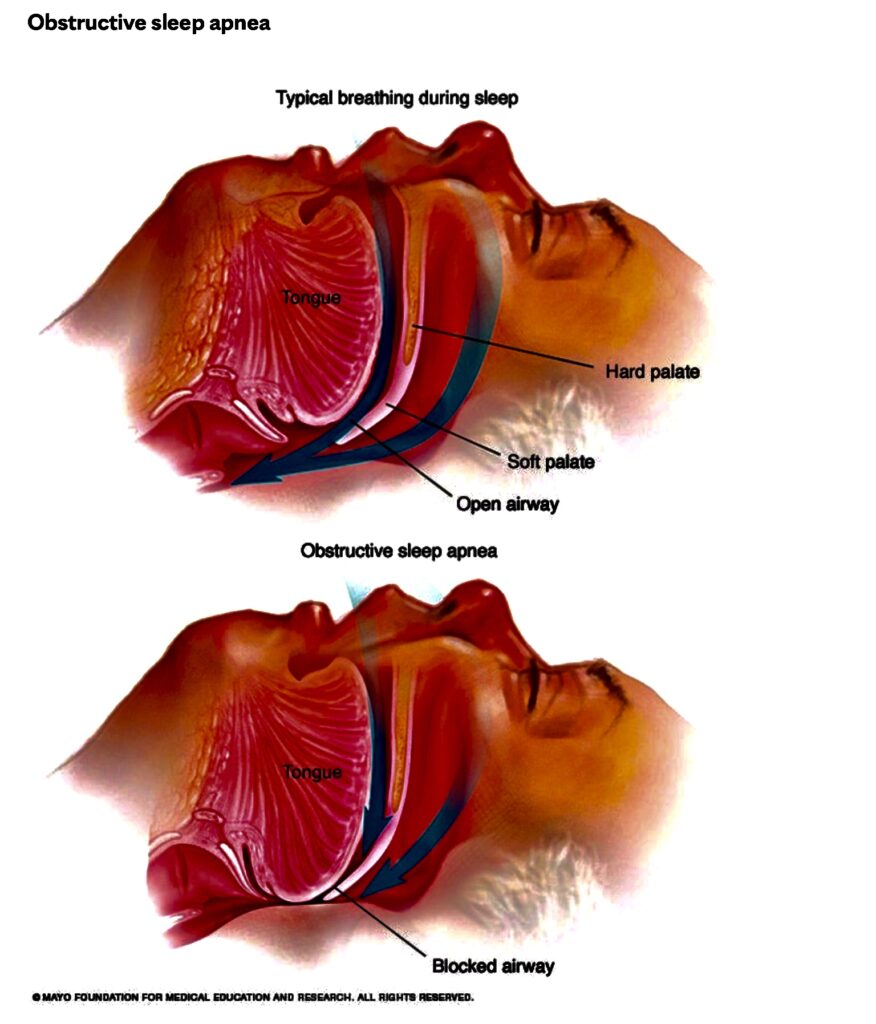Sleep apnea: When sleep is interrupted
By Henrylito D. Tacio
EVERY now and then, Marianne tells her husband, Eric, that he stops breathing during the night while sleeping. She has to lie awake counting the seconds until Eric starts breathing again.
“I thought I was sleeping through the night, so I never really gave it a lot of thought,” Eric says. “Anyway, what’s the big deal? So I snore and stop breathing. At least I’m getting some sleep.”

Eric is wrong. He is suffering from sleep apnea, a serious, potentially life-threatening condition that is far more common than generally thought. First described in 1965, sleep apnea is a breathing disorder characterized by brief interruptions of breathing during sleep. It owes its name to a Greek word, apnea, which literally means “want of breath.”
There are three types of sleep apnea: central, obstructive, and a mixed type. Central sleep apnea, which is less common, occurs when the brain fails to send the appropriate signals to the breathing muscles to initiate respirations. Obstructive sleep apnea is far more common and occurs when air cannot flow into or out of the person’s nose or mouth although efforts to breathe continue. While the mixed type combines features of the first two types. Despite the difference in the root cause of each type, in all three, people with untreated sleep apnea stop breathing repeatedly during their sleep, sometimes hundreds of times during the night and often for a minute or longer.
“Obstructive sleep apnea is caused by a blockage of the airway, usually when the soft tissue in the rear of the throat collapses and closes during sleep,” says the American Sleep Apnea Association. “In central sleep apnea, the airway is not blocked but the brain fails to signal the muscles to breathe. Mixed apnea, as the name implies, is a combination of the two. With each apnea event, the brain briefly arouses people with sleep apnea in order for them to resume breathing, but consequently sleep is extremely fragmented and of poor quality.”
“Laugh and the world laughs with you,” novelist Anthony Burgess once wrote, “snore and you snore alone.”
Most people believe that a person who snores sleeps well. “That’s not true at all,” clarifies Dr Goh Yau Hong, consultant ear, nose and throat surgeon at the Mount Elizabeth Medical Center in Singapore.
“It’s a myth,” Dr Goh explains. “Some sleep apnea sufferers are almost afraid to go to sleep, knowing that they will wake up feeling really unrefreshed. It’s traumatic. You can’t function well when you are awake and can’t sleep well when you are supposed to.”

On the average, a person sleeps seven to eight hours every night. If he sleeps more than the average number and still finds it insufficient, then he probably suffers from sleep apnea. In the United States, sleep apnea is as common as diabetes. “Sleep apnea occurs in all age groups and both sexes but is more common in men,” according to the Center for Sleep Disorders at the Cebu-based Chong Hua Hospital (CHH). “Four percent of middle-aged men and two percent of middle-aged women have sleep apnea.”
In Singapore, 15 percent of the population suffers from varying degrees of sleep apnea. “Asians tend to have greater severity of sleep apnea compared to Caucasians due to our facial and skull morphology,” explains Dr. Goh. It affects mostly men who smoke, drink and who are obese. It also affects post-menopausal women and even children. If someone in your family has sleep apnea, you are more likely to develop sleep apnea than someone without a family history of the condition.
Snoring is the most common symptom of sleep apnea, with episodes of gasping, choking, pauses in breathing, and sudden awakenings. Other signs may include: morning headaches, memory or learning problems, feeling irritable, losing work concentration, mood swings or personality changes (perhaps feeling depressed), dry throat upon awakening, and frequent urination at night.
“For many sleep apnea sufferers, their bed partners or family members are the first ones to suspect that something is wrong, usually from their heavy snoring and apparent struggle to breathe,” says the CHH. “The person often does not know he or she has a problem and may not believe it when told.”
There are two ways of establishing whether a person has sleep apnea or not. One is to conduct an ear, nose, and throat examination by looking into the airway to locate any blockage. Another is a sleep study to establish how low a person’s oxygen level is and the number of times the person stops breathing at night. This will determine how urgently the person needs to be treated.
Sleep apnea should not be taken lightly. As CHH’s Dr. Albert Rafanan puts it: “Without treatment, the patient will be suffering from a potentially life-threatening disease. Imagine yourself being choked several times every hour.”
In people with sleep apnea, the risk of such complications as stroke, heart attack, and hypertension is increased. All these are the result of oxygen deprivation, according to Dr. Goh. “When you do not breathe well, the oxygen level in your blood comes down, your heart beats very fast and your blood pressure increases. Over time, you are going to get high blood pressure. And, of course, when the oxygen level in your blood is too low, your brain will tell you to wake up in order for you to breathe and survive.”
Health experts claimed that untreated sleep apnea patients are three times likely to have automobile accidents. Film actor and television host Edu Manzano once revealed that sleep apnea has almost caused his life three times in the past as he would sometimes wake up and find out that his vehicle was already rammed against a wall. The actor said that he was just happy that he never hurt anyone in his accidents.
Fortunately, sleep apnea can be treated. Several treatment options exist, and research into additional options continues. For mild cases of obstructive sleep apnea, treatment often consists of using methods to avoid sleeping on one’s back. For people with significant nasal congestion, a decongestant therapy may be prescribed.
People with obstructive and central apnea should avoid central nervous system depressants such as alcoholic beverages, sedatives and narcotics. Weight loss and diet control are encouraged for overweight patients. Many serious cases of obstructive sleep apnea can be relieved by a treatment called nasal continuous positive airway pressure or nasal CPAP.
There are several surgical options available. They are categorized under soft-tissue surgery and bone surgery. The surgical procedure depends on the location of the tissues contributing to snoring and is performed on areas such as the nasal passage, palate, tongue, and neck.
Soft-tissue surgery includes the removal of the palate of the upper airway while bone surgery involves advancing a patient’s upper and lower jaws. Dr. Goh says bone surgery is necessary for patients who have huge tongues. The jaws are “tracked forward” in this procedure to create space for the tongue.
“The aim of treating obstructive sleep apnea is two-fold,” says Dr. Goh. “Firstly, the eradication of abnormal sleep symptoms will result in increased daytime well-being from improved sleep for both patients and sleep partners. Secondly, the potential risk of medical complications will be diminished with the successful treatment of sleep apnea.”

Okay, you can sleep now! — ###
Photo credits:
1) Continuous positive airway pressure (nhlbi.nih.gov)
2) Symptoms of sleep apnea (englewooddental.com)
3) Obstructive sleep apnea (Mayo Clinic)









One Response
You need to participate in a contest for top-of-the-line blogs on the web I will suggest this website!